What if the office could? An Interview with Workplace Practice Leader, Caren Foster
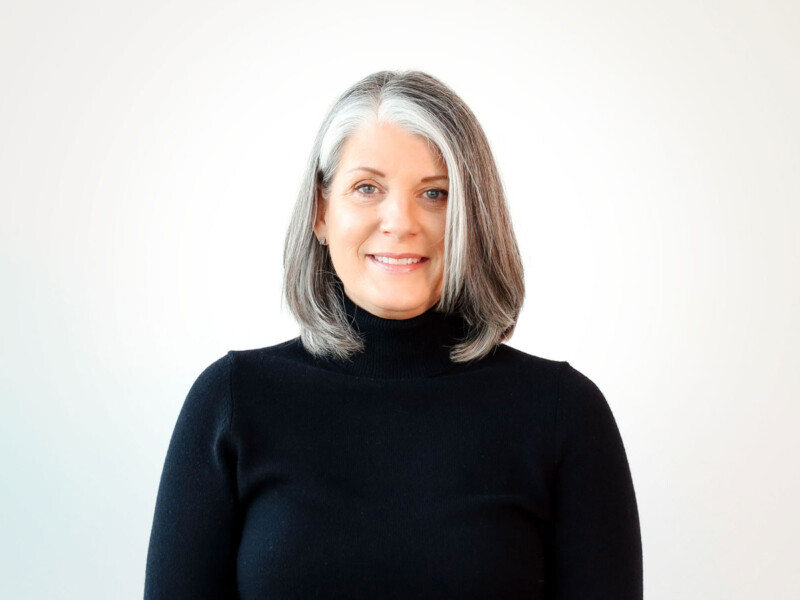
An interview with workplace practice leader, Caren Foster, on the evolution of the workplace practice at Moody Nolan.
What excites you about the practice today vs where it started?
When I look back in the not-so-distant past, working hours were rigid. In the late 1980s when I started my career, keeping up with the demands of life—managing a home, childcare, transportation, and eldercare— all factored into the kind of job I could have. Without the financial means to put support systems in place, many people couldn’t work traditional hours. This inflexibility has historically kept people—specifically women and minorities—from working and generating wealth.
I see the flexibility of today’s workplace opening up huge avenues for equity. Employees now expect a hybrid environment and the data supports it—organizations that are forcing employees back to the office full-time are struggling with retention and employee satisfaction.
Favorite workplace project at Moody Nolan?
One of my favorite workplace planning projects is the Midmark Experience and Technology Centers. Designed pre-pandemic, they were ahead of the curve in their workplace planning, with an agile environment that put wellness at the forefront.
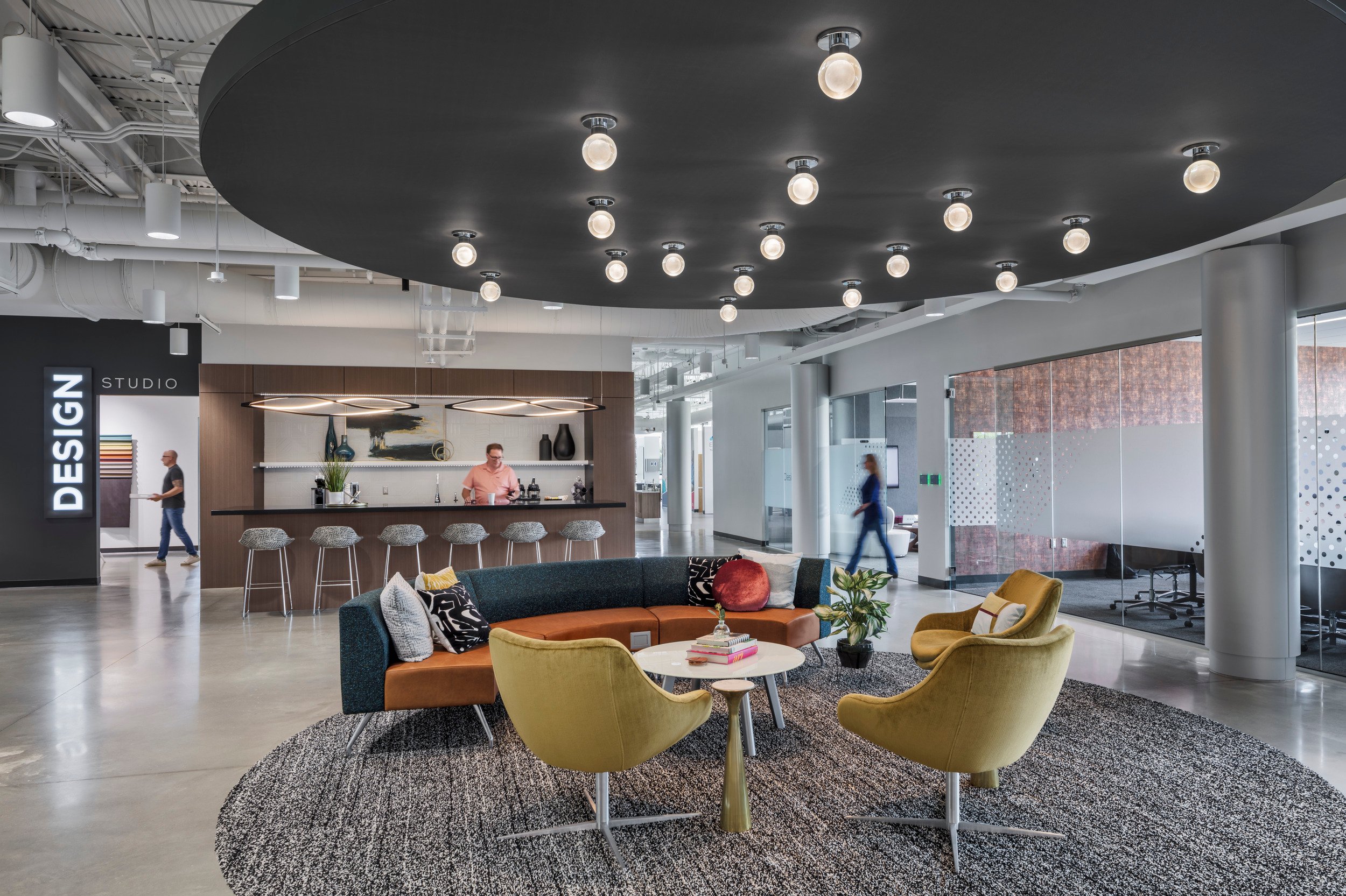
The campus includes multiple amenities and resources that make work convenient and enjoyable: a café that provides healthy food choices, a fitness center, walking paths, and health clinic. Workplace neighborhoods incorporate different types of work postures, from traditional desks to cozy living room spaces, allowing staff to choose what suits them.
I recently visited the campus, about one year post occupancy, to see firsthand how the space is serving them. They are an organization that strives for continuous improvement in all things, including their work environment, evaluating what is working and adjusting as needed. I love to see this mindset from a client—it means they understand their space and the value flexibility offers.
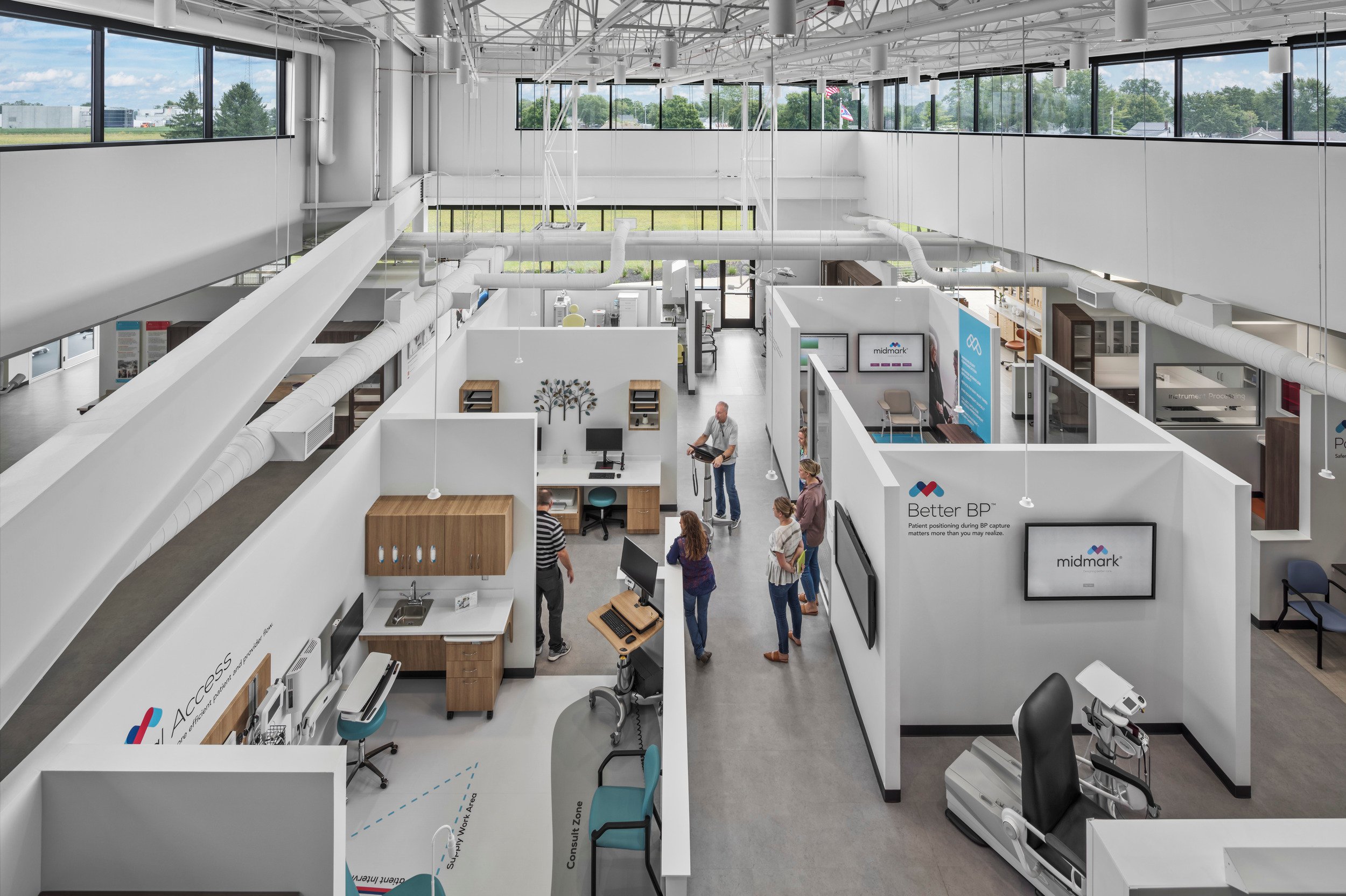
One example is how they accommodate new mothers. Midmark went above and beyond what a typical organization provides for new mothers. Together, we developed a full mothers’ suite with 6 nursing rooms equipped with office desks, giving new mothers the privacy they need with the ability to keep working if they want to. This helps women stay ahead and not feel as though they must choose between working and taking care of their child.
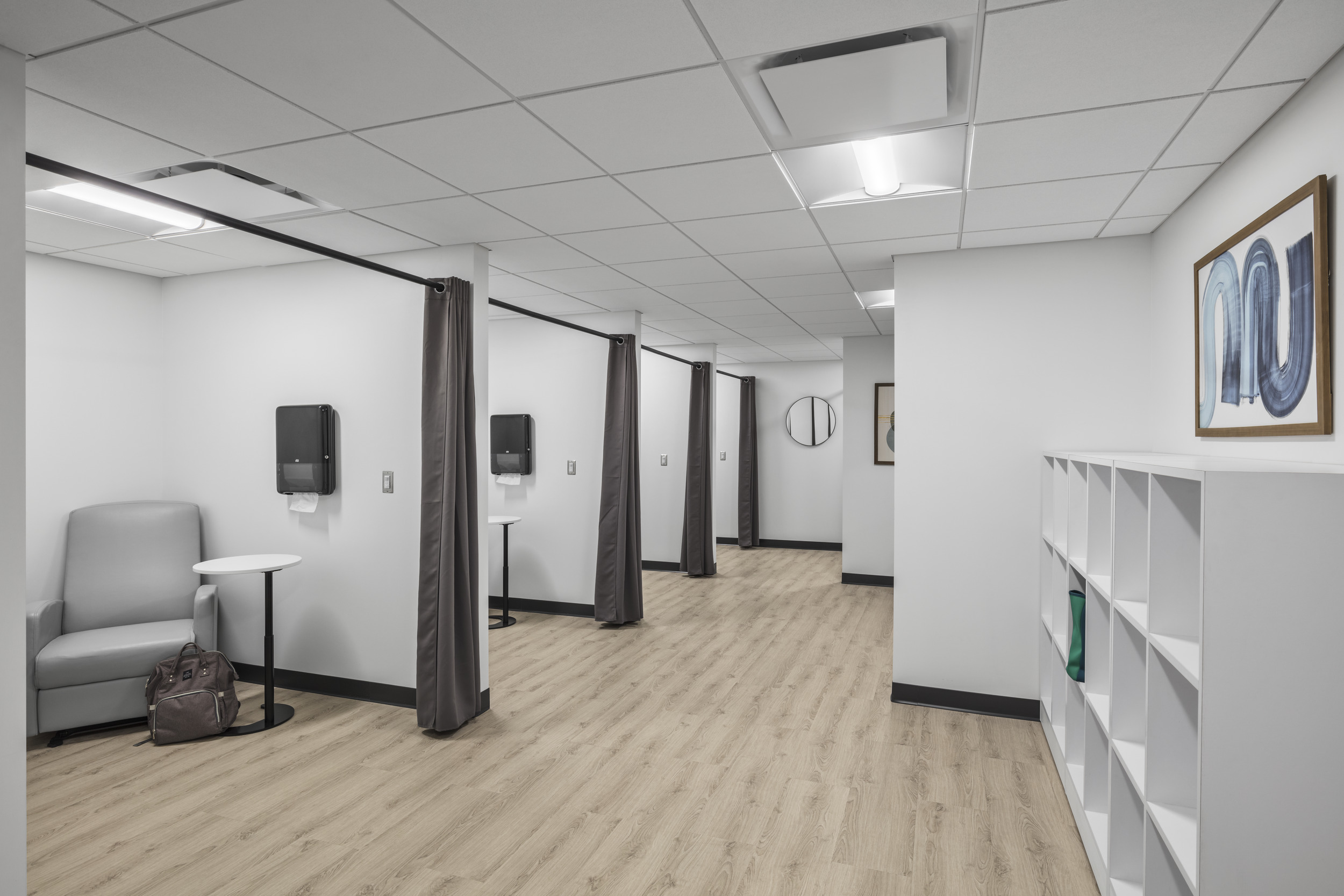
What lies ahead for the future of the workplace?
Organizations must keep reimagining what the office means to them, because hybrid work is here to stay. I don’t even like to use the term hybrid work, we have moved beyond that, it’s just work.
For most organizations, the places people work are a mix of home, third place, and office. Since the office is just another place to choose from, why come into the office at all? Many of our clients find it challenging to imagine what the office could be, when they’ve only experienced it one way. As part of our process, we curate visioning sessions to develop a deeper understanding of their organizational culture.
We ask provocative questions like, “What if your workplace could: inspire creativity, foster wellness, increase productivity, reduce stress, or optimize real estate investment, etc.?”
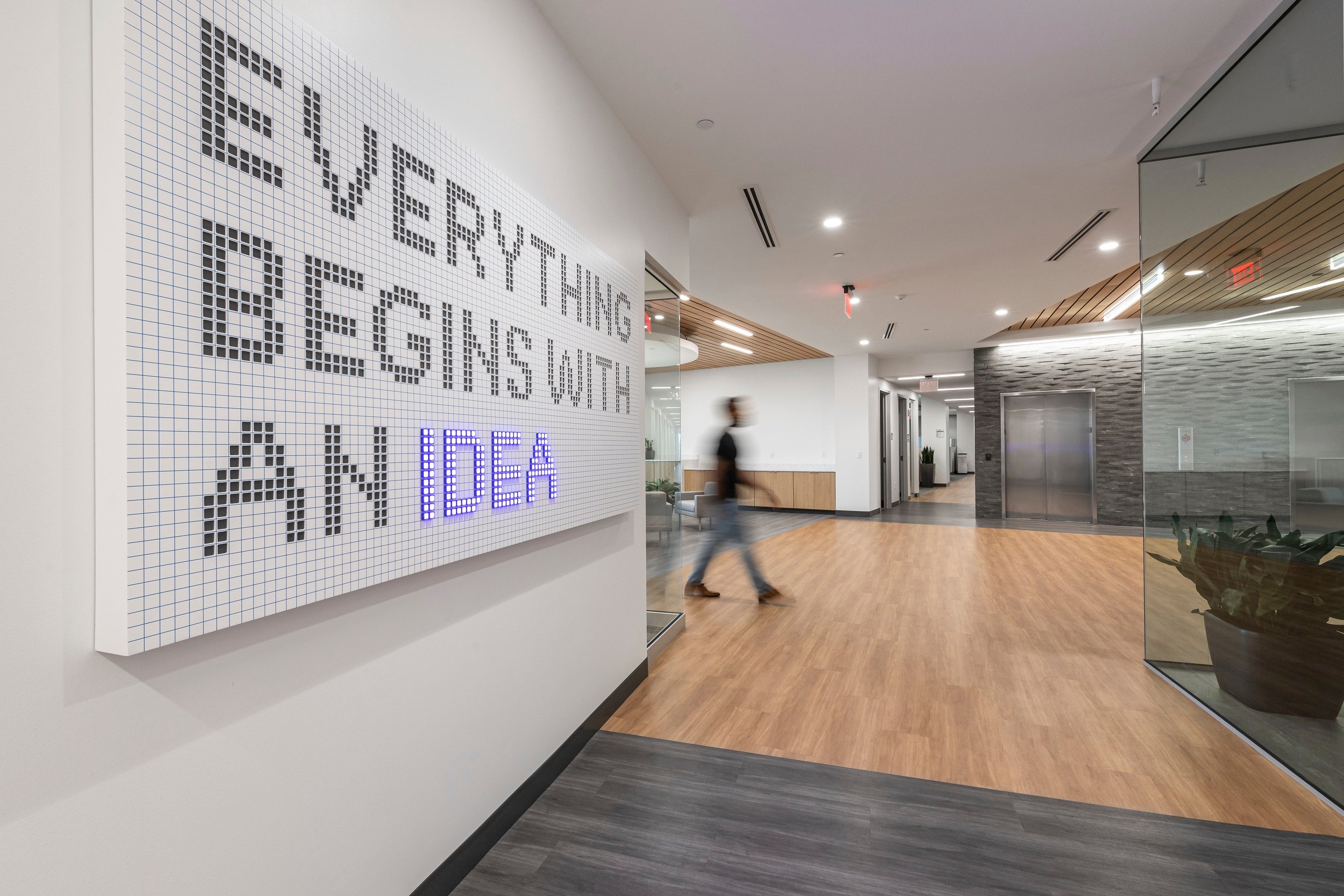
What jumps out to each individual in the room is different, but it gives us a sense of where their values lie. We invite them to imagine the ideal state and ultimately, create something they didn’t know was possible.
Positioning the office as an evolving ecosystem of resources makes work a place people want to seek out. When organizations look at their workplace through the lens of promoting wellness and enhancing the well-being of their staff, they’ll be successful long term.